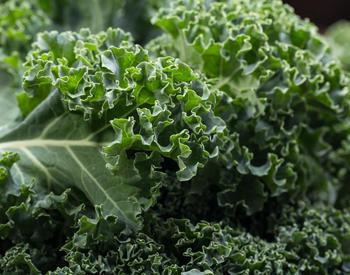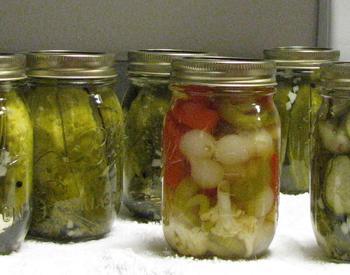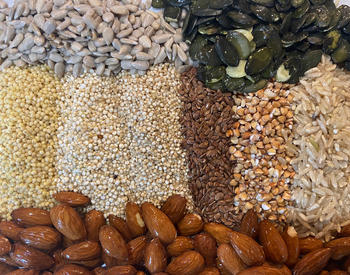I just learned that lima beans contain cyanide and mature beans require long cooking to remove the cyanide. Are there additional risks and precautions that I should be aware of when cooking fresh lima beans?
Cyanide in beans
Lima beans or butter beans (same species – Phaseolus lunatus L.) contain linamarin, a cyanogenic glycoside. Many other plants, particularly cassava, contain these types of compounds. When the plant is damaged (chewing) or at the early stages of processing (crushing, stirring, etc), cyanide can be released. This is believed to provide a protective and evolutionary advantage to the plant.
The cyanide content of wild lima beans can be very high. Fortunately, in the US, commercially grown lima beans must have less than 200 mg cyanide/kg. The cyanide content in US lima beans is usually 100-170 mg/kg.
Are lima beans dangerous to humans?
Humans have the ability to detoxify small amounts of cyanide as long as it isn’t consumed frequently and if they have sufficient protein in their diets. Sufficient protein in the diet provides adequate sulfur for your liver and muscle tissues to support excretion through urine. There are parts of Africa that suffer from chronic cyanide poisoning (a disease called "konzo") from eating excessive amounts of under-processed cassava during droughts.
Preparing lima beans
Cooking lima beans can destroy the enzymes that release the cyanide; however, total cooking time and method of cooking will have a different effect on cyanide removal. Most cooking research related to cyanide removal has been conducted on cassava. Boiling in water for long periods of time (>30 min) in a large excess of water is the most effective method for reducing cyanide (80% of the original cyanide will be removed). Soaking in water for 24-48 hours, draining water, and then boiling for a short period of time (<5 min) in fresh water is also effective. Steaming is less effective than boiling for reducing cyanide levels.
Unfortunately, we have no information on the effectiveness of cooking methods commonly used for fresh lima beans. However, given the relatively low cyanide level in US lima beans and the likely lower concentration in fresh beans, boiling or steaming beans for 5-10 minutes would cause a reduction in the amount of cyanide (as compared to eating fresh lima/butter beans out of the garden). Assuming you are getting enough protein in your diet and that your diet isn’t exclusively these beans, it is unlikely that you will have any problems from eating them.



















